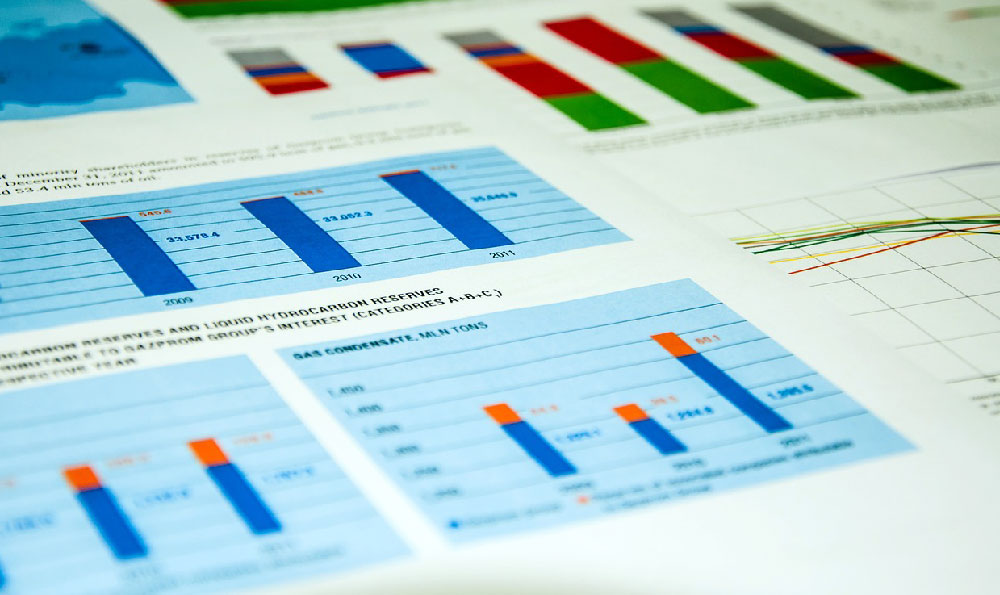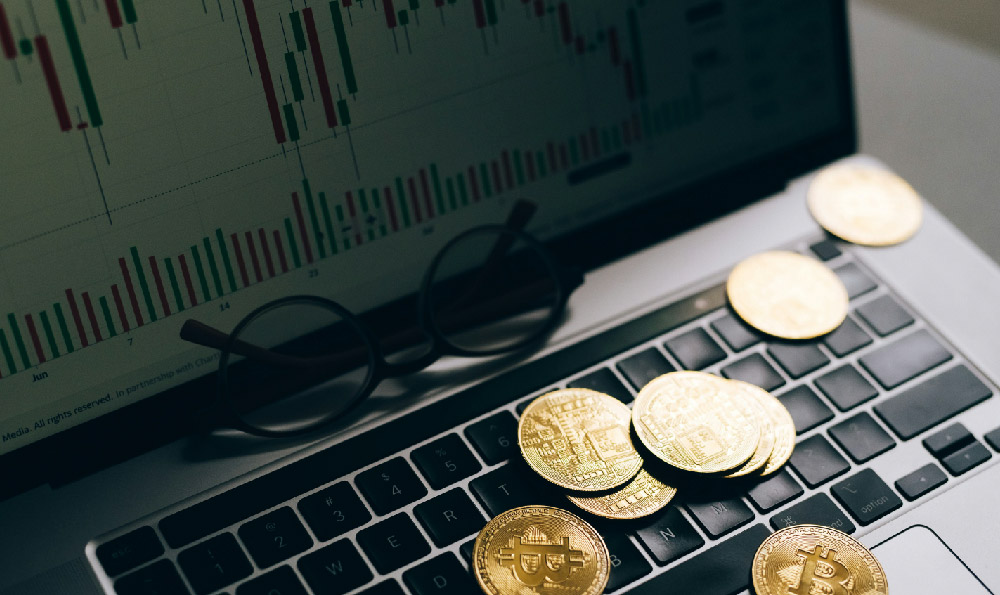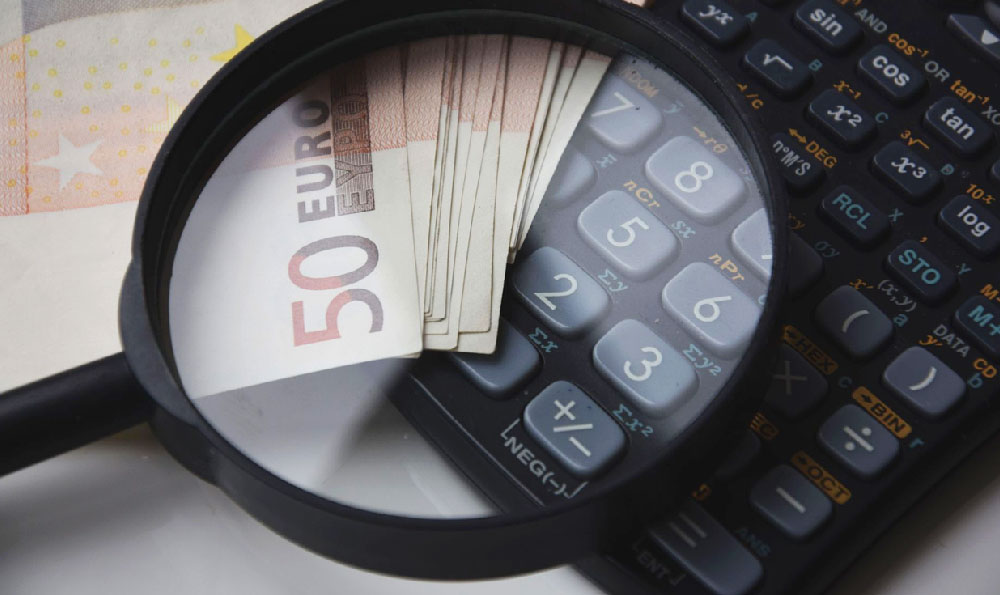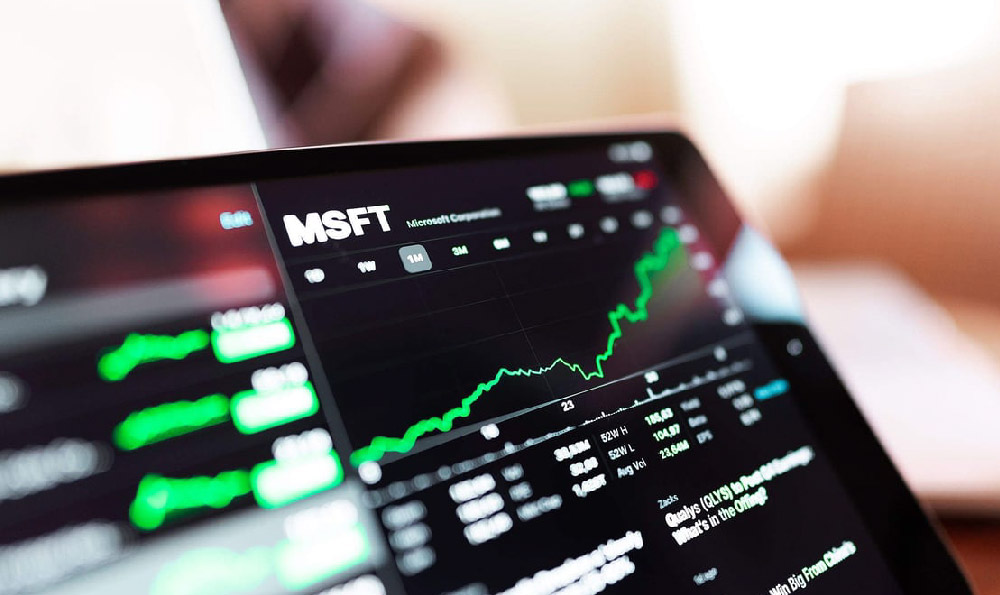
Joaquín "El Chapo" Guzmán Loera, the infamous drug lord, amassed a fortune so colossal that pinpointing an exact figure remains a speculative and challenging endeavor. Estimates for his net worth have consistently placed him among the world's wealthiest individuals, peaking at an estimated $1 billion according to Forbes magazine, a figure he featured on their list of billionaires for several years. However, that was merely a snapshot, a glimpse into a financial empire that likely far exceeded public perception. The true scale of El Chapo's wealth is shrouded in secrecy, tangled in a web of illicit activities, money laundering schemes, and hidden assets scattered across the globe.
The primary source of El Chapo’s wealth was, unequivocally, the trafficking of illegal drugs, particularly cocaine, heroin, methamphetamine, and marijuana. As the head of the Sinaloa Cartel, he controlled a vast and sophisticated network that spanned continents, moving immense quantities of narcotics from production centers in Latin America to lucrative markets in the United States and Europe. The sheer volume of drugs trafficked under his leadership generated staggering profits, fueling his lavish lifestyle and bolstering his power. He commanded a highly organized structure, managing everything from production and transportation to distribution and bribery. Each stage of this process contributed to the accumulation of his enormous fortune.
Beyond drug trafficking, El Chapo's organization diversified its income streams through other illegal activities. Extortion, kidnapping, and money laundering played crucial roles in further expanding his financial empire. Businesses and individuals within the cartel’s sphere of influence were often forced to pay protection money, adding to the coffers. Kidnapping for ransom became a chillingly effective means of generating income. The cartel also mastered sophisticated money laundering techniques, utilizing front companies, real estate investments, and offshore accounts to disguise the origins of their illicit funds and integrate them into the legitimate economy. This intricate network of financial manipulation made it incredibly difficult to trace and seize his assets.

The question of where El Chapo's money went is equally complex and elusive. A significant portion of his wealth was undoubtedly reinvested into the operations of the Sinaloa Cartel. Funding the production, transportation, and distribution of drugs required substantial capital. Bribes paid to corrupt officials, law enforcement officers, and politicians were also a significant expense, essential for maintaining the cartel's operational security and evading authorities. These bribes were often paid in cash, making them nearly impossible to track.
El Chapo's wealth also financed a lavish lifestyle. He indulged in extravagant purchases, including luxurious mansions, private jets, exotic cars, and expensive jewelry. These displays of opulence served to reinforce his image as a powerful and successful figure within the criminal underworld. He was known for his elaborate security details and his ability to disappear at will, further demonstrating the immense resources at his disposal. Beyond his personal indulgences, he also supported his family and inner circle, providing them with a comfortable and secure life.
Furthermore, a substantial portion of El Chapo's wealth was likely hidden in various investments and offshore accounts. He reportedly owned numerous properties, including ranches, farms, and businesses, both in Mexico and abroad. These assets were often held under the names of shell companies or trusted associates, making them difficult to trace back to him. Offshore accounts in tax havens like Switzerland, the Cayman Islands, and Panama provided a safe haven for his ill-gotten gains, shielding them from law enforcement scrutiny.
The efforts to seize El Chapo's assets have been ongoing and challenging. While authorities have managed to confiscate some of his properties and cash, the vast majority of his wealth remains unaccounted for. The complex financial networks and the use of sophisticated money laundering techniques have made it exceedingly difficult to unravel his financial empire. The U.S. government has pursued forfeiture actions against assets believed to be linked to El Chapo, but these efforts have been hampered by the international nature of his operations and the difficulty in proving the connection between specific assets and his criminal activities.
Even after his conviction and imprisonment, the search for El Chapo's hidden wealth continues. The authorities believe that a significant portion of his fortune remains at large, potentially controlled by his family members, associates, or other criminal organizations. The recovery of these assets is crucial not only to compensate for the damage caused by his drug trafficking activities but also to disrupt the financial infrastructure of the Sinaloa Cartel and prevent it from continuing its operations. The ongoing pursuit of El Chapo's wealth serves as a reminder of the long reach of law enforcement and the enduring commitment to holding criminals accountable for their actions, even after they are brought to justice. The sheer scale and the complexity surrounding the whereabouts of his wealth highlights the enduring challenges in combating transnational criminal organizations and their ability to conceal and protect their illicit profits. The story of El Chapo's fortune is a stark illustration of the power and the dangers of the drug trade, and the immense resources required to effectively combat it.





